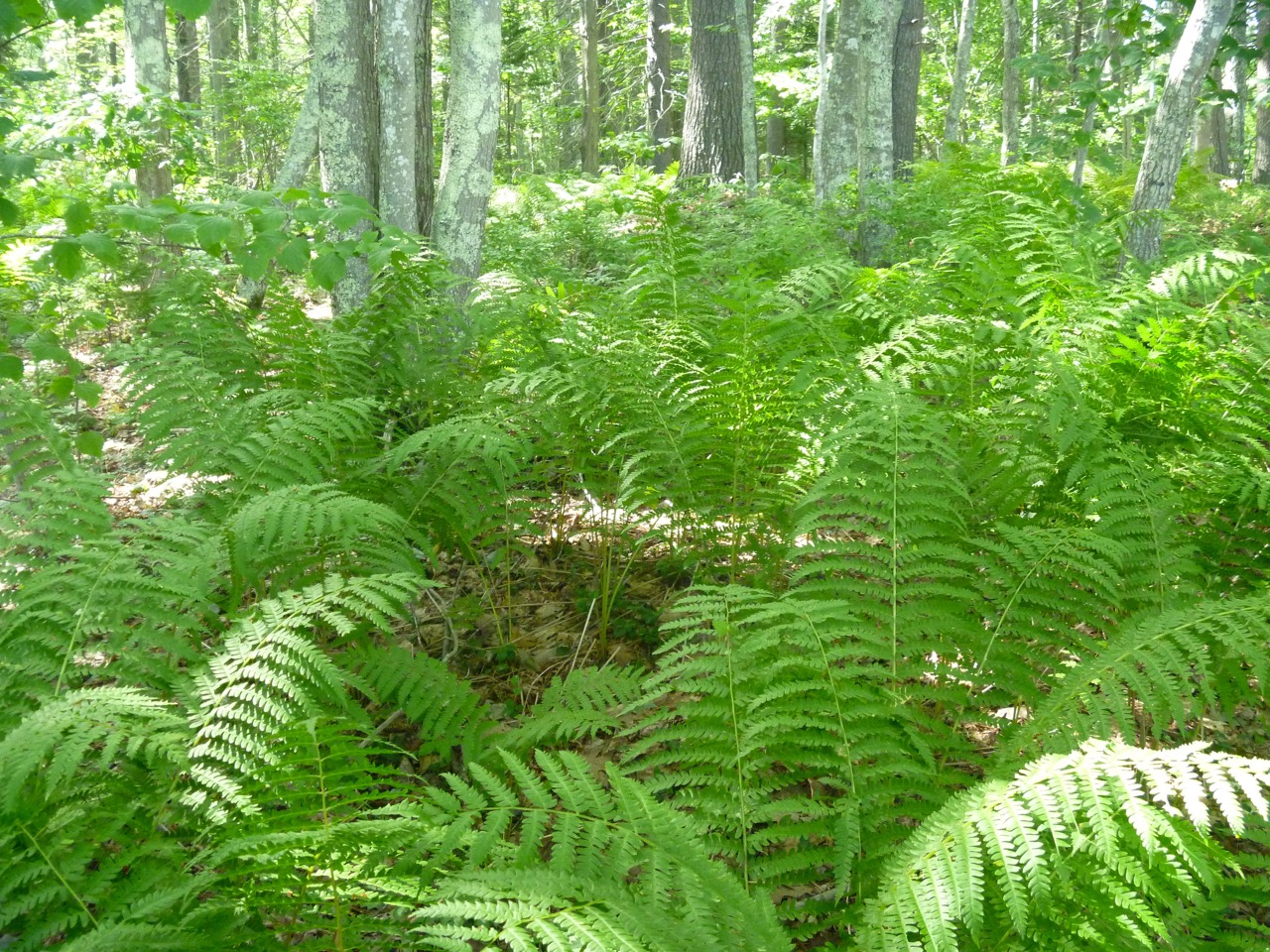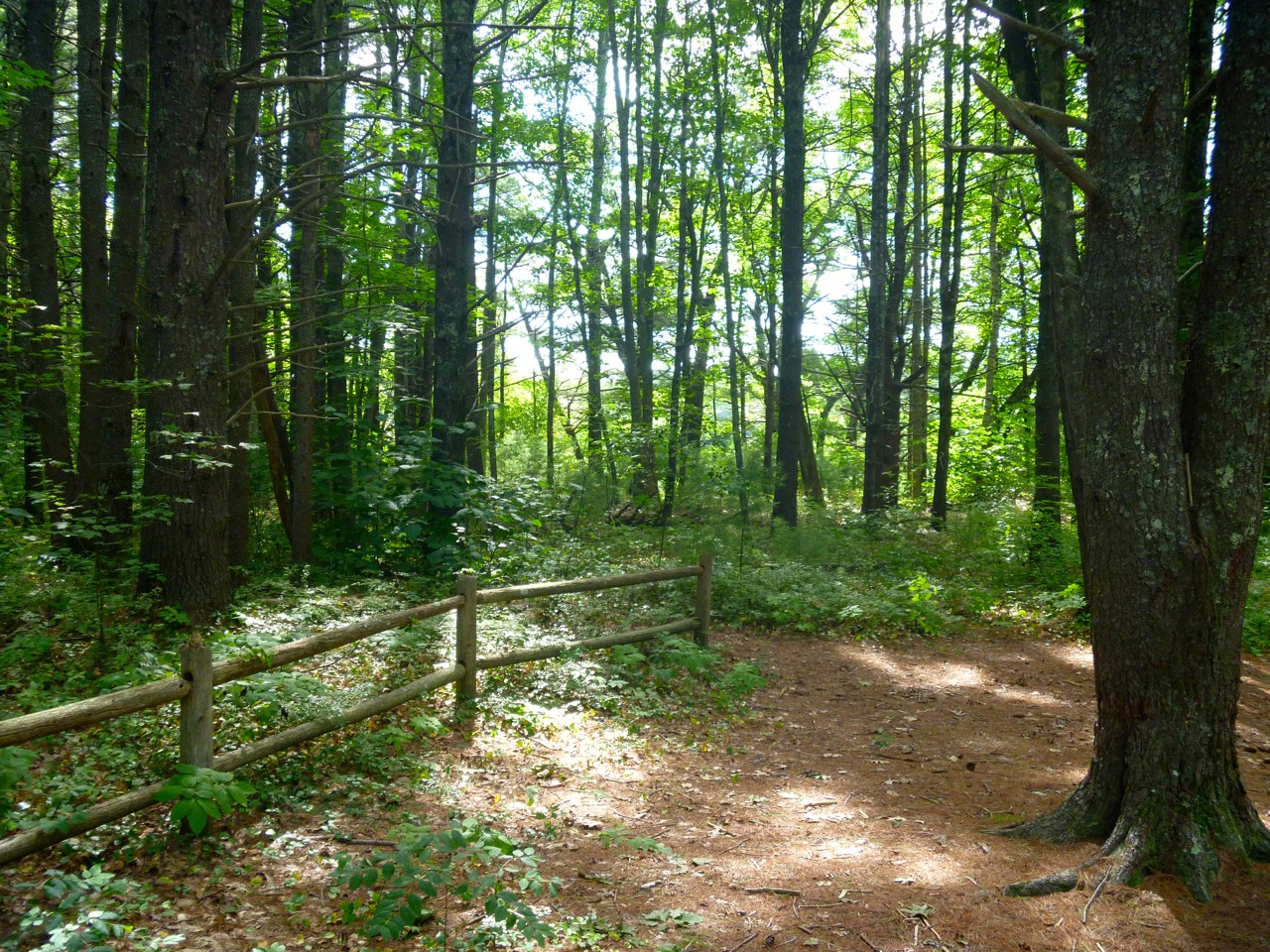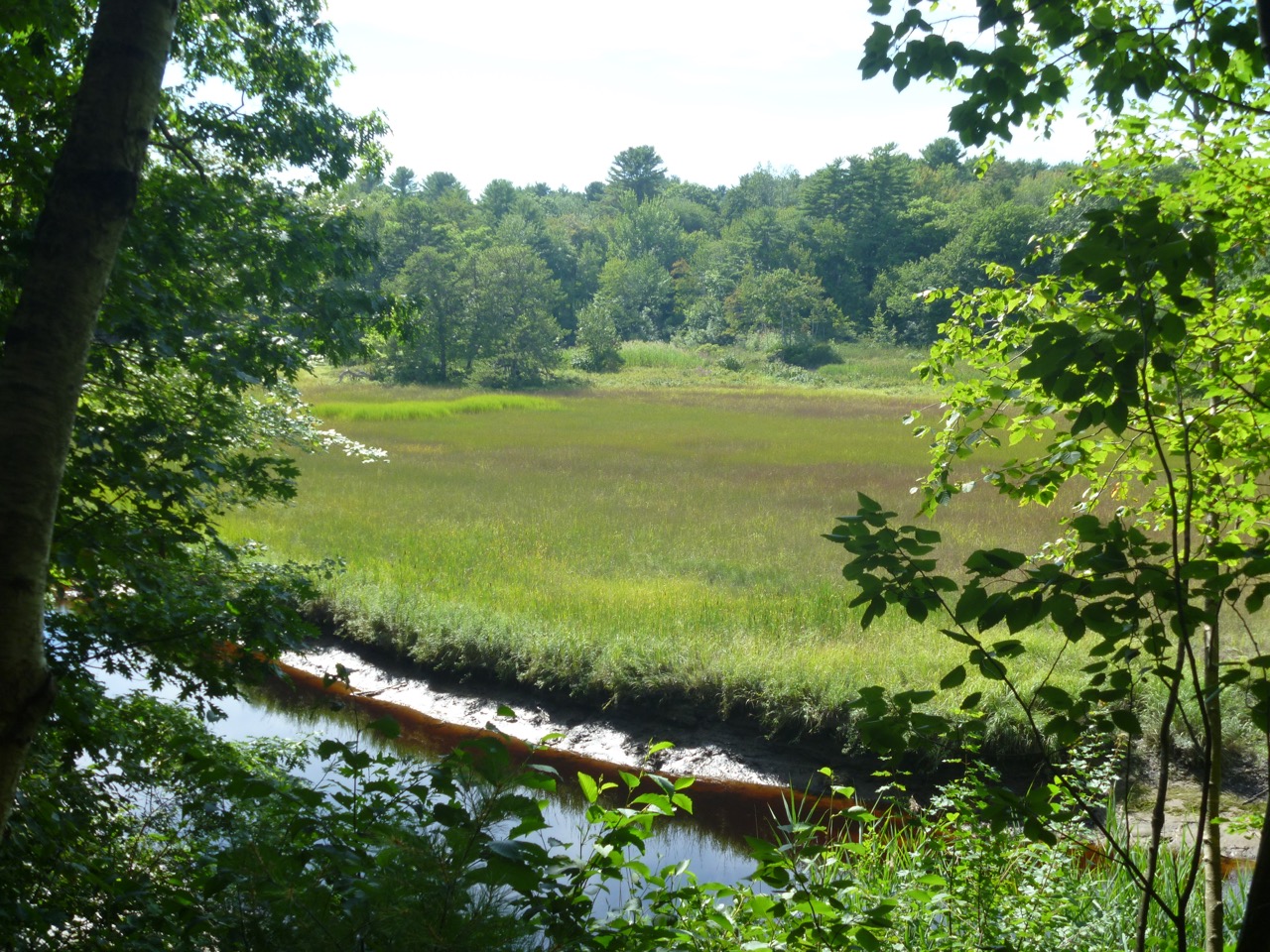"Man's attitude toward nature is today critically important simply because we have now acquired a fateful power to alter and destroy nature. But man is a part of nature, and his war against nature is inevitably a war against himself," Rachel Carson, Author of Silent Spring and the woman who launched the modern environmental movement (1964 CBS interview)
Having just read Linda Lear’s, Rachel Carson: Witness for Nature, I was struck that this month marks the 52th anniversary of the death of pioneer Rachel Carson.
The book reminded me of Carson’s love affair with Maine. In 1952, Carson built a cabin on the Sheepscot River and spent nearly every summer there for the rest of her life. Maine became a source of inspiration for her writing, and a personal refuge.
A sign marks the entrance to the 1-mile Rachel Carson Trail. The walk guides visitors through many of the ecosystems that comprise the southern Maine shoreline and that inspired Carson.
In her honor, Wells, Maine is home to the Rachel Carson National Wildlife Refuge. The refuge includes the 1-mile Rachel Carson Trail that provides an easy walk through eleven distinct “garden rooms.” While this is a wild space, the walk reminds me of the power of a good garden path. A path defines the visitor’s journey: turns create mystery, surprise, and frame views; contrasting elements add drama -- in this case a dense hemlock grove that opens to marsh views; changing path material slow us down. The trail represents the diversity of the overall refuge – almost 15,000 acres across 50 miles of shoreline – in a way that is accessible to the largest possible audience. The more people can experience the beauty of southern Maine, the more people will value it. Job well done! Over 300,000 visitors come each year.
I must admit that while I often come across references to Carson’s work, I was not aware of her remarkable life story until I read Leer’s book.
Rachel Carson as a child playing on her family farm. Her access to nature at an early age sparked a life long interest in the inter-dependency of all living things. Source: Linda Leer Witness for Nature.
Carson was raised on a family farm in Pennsylvania where she got an early exposure to nature. She studied biology and English in college, and she earned a masters in zoology. Although she started to work on a Phd at Johns Hopkins University, she couldn't afford to complete the degree. Carson turned to writing brochures and speeches for the Fish and Wildlife Service because she was good at it-- and it paid. Her first book, written at night, did not sell well (it came out on the eve of the Cuban missile crisis). Her second book, The Sea Around Us, was a hit. It lasted 81 weeks on the New York Times bestseller list. Its success allowed her to quit her job, to build that cabin in Maine, and to focus on writing Silent Spring.
Silent Spring is considered one of the most influential books of the 20th century. This book led to the banning of DDT and to the creation of the Environmental Protection Agency. It launched our current sustainability movement.
John Lee's NY Times article from July 22, 1962 where he wrote, "The $300,000,000 pesticides industry has been highly irritated by a quiet woman author whose previous works on science have been praised for the beauty and precision of the writing."
In the 1950’s, powerful pesticides developed during World War II were re-purposed for domestic use. One of them, DDT, was regularly used on food crops, sprayed on residential gardens, and sold for indoor use. Not only was DDT toxic to humans, it killed beneficial insects, birds, and fish. Carson advocated more cautious use of pesticides and more research on their long-term effects.
Many people didn’t expect her book Silent Spring to be a success. Who would be interested in a text about pesticides, by a person without a Phd, without the backing of a major academic, or research institution? She also faced bias in the predominantly male scientific field. Rachel Carson was "an unlikely person to start any sort of popular movement. She treasured her solitude, defended her privacy, rarely joined any organization,” notes biographer Linda Leer. Then too, while writing and promoting her book, Carson was battling cancer.
Silent Spring sold over 2 million copies. Rachel Carson died in April 1964 in Silver Spring, Maryland at the age of 56.
A visit to the Rachel Carson Trail is a great way to experience the salt marsh as well as the deciduous and pine forest. Just as important, it is a way to connect with the part of the world that inspired Rachel Carson, a pioneer who has helped us to value our environment in a more sustainable way.
Rachel Carson in 1940 when she worked at the US Fish and Wildlife Service.
Lear’s book is one of those biographies that even though you know how it ends, her death still comes as a shock. By the time you get to that part, Lear has humanized Carson and turns her into an old friend.













